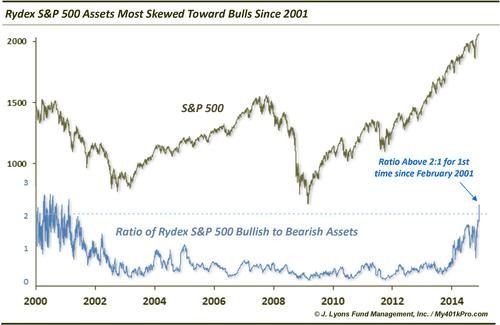Wrap mutual fund accounts gain popularity Nov 12 1999
Post on: 21 Август, 2015 No Comment

NEW YORK (CNNfn) — Do-it-yourself mutual fund investors seem to have the world at their fingertips these days. They can design a portfolio of funds with a simple phone call or the click of a mouse. Presto, they’re Wall Street investors.
     But what about fund investors who aren’t plugged into the latest breaking business news — who stay up nights worrying about whether they’re making the right choice buying shares of that risky emerging-markets fund?
     People who need more help might want to consider a wrap account, where an investing pro designs a portfolio of funds for you, keeps tabs on the account, meets with you frequently, and recommends trades if the market changes — all for a cost that’s wrapped into one annual fee.
     If you’re in the market for guidance, this is probably not a bad way to go, said Eric Jacobson, an analyst with Chicago fund-tracker Morningstar. A lot of people will try to shame you into thinking you shouldn’t be paying for help. But there’s nothing shameful in doing it.
     Bear in mind, though, that even though you’ll pay about 1 to 1.5 percent of your assets to your adviser every year for the convenience, it doesn’t eliminate all costs. You’ll still pay the expense fees for the underlying funds, which get calculated into the daily net asset values.
     A little-known way to invest
     Wrap accounts were started about 20 years ago by an investment management team now affiliated with Salomon Smith Barney, said William Rice, director of marketing with Salomon’s consulting group.
     You can customize your account, Rice said.
     Because the fee is based on the amount of the assets you invest, rather than on each transaction, you don’t have to worry that your expert is advising you to buy or sell to beef up his commissions, said Andrew Guillette, an analyst with Cerulli Associates who did a study on the subject.
     The only incentive is to make sure the best products are in your portfolio, Guillette said. It gives investors objective advice and guidance and more choice.
     While most of the assets in wrap accounts are in stocks and bonds, the area with the most growth is in mutual funds, Guillette said.
     Individual wrap accounts for stocks and bonds usually have a minimum required investment of $100,000 or more, compared with $10,000 to $25,000 for mutual fund wrap accounts.
    
     Assets in mutual fund wrap accounts total $82.5 billion and have grown at an annualized rate of 65 percent in the past three year, Guillette said.
     There are about 68 mutual fund wrap programs, including Merrill Lynch, Fidelity Investments, and Salomon Smith Barney, the biggest name in the business, Guillette said.
     Charles von Breitenbach, senior vice president at Seligman Advisors, said the programs put the financial adviser on the same side of the table, as the client.
     From a consumer standpoint, they’re getting much more planning and monitoring and choices, von Breitenbach said.
    
     Seligman has offered mutual fund wrap programs and individual wrap accounts since 1994, von Breitenbach said. A client will go to a financial adviser, who will help him set goals and decide on a portfolio. Different wrap programs use Seligman for different asset classes. For example, one brokerage may like Seligman for small caps, while a financial planner may prefer Seligman for technology stocks.
     The fee includes rebalancing when the market changes as well as monitoring and regular visits to reexamine goals, von Brietenbach said.
     Salomon Smith Barney has $180 billion in wrap accounts, including $12 billion in mutual fund wrap accounts, said Rice. The firm has a staff of financial consultants who help clients figure out the best combination of funds.
     One of Salomon’s program uses a family of 18 in-house funds run by institutional-quality managers, Rice said. Another program uses about 200 no-load funds by companies like Janus, Alliance, American Century, Neuberger Berman and Warburg Pincus, Rice said.
     They can call whenever they want, Rice said about the clients of fund wrap programs. The number of sit-downs will depend on what the client needs. Some will meet annually — sometimes it will be monthly.
     Jacobson, of Morningstar, said it’s important to make sure you feel comfortable with the wrap plan you choose. You should also make sure to check the fees carefully so you know what you’re paying for.
     Obviously, it will be cheaper if you invest on your own in no-load mutual funds, Jacobson said. But for a little peace of mind, it could be money well spent.














